
Painting of the painter of Seville, Diego Velasquez, “Triumph of Bacchus”. The size of the painting is 165 x 225 cm, canvas, oil. The painting of the Spanish artist Velazquez also has another name for “Drunkards”. From ancient history. Triumph in ancient Rome – a solemn entry into the capital victorious commander and his troops.
The Triumphant was dressed in a special luxurious costume, similar to the garb of the statue of Jupiter Capitoline. He wore a tunic embroidered with palm branches, a purple toga decorated with gold stars, gilded shoes, took the laurel branch in one hand, in the other he held an ornate scepter of ivory with the image of an eagle on top; on his head was a laurel wreath. The Triumphant rode on a round gilded chariot drawn by four white horses.
Instead of horses elephants, deer and other animals were sometimes harnessed. The triumphal chariot was the center of the whole procession, which was opened by senators and magistrates. Behind were the musicians. For the audience, crowded along the long path of the procession in festive costumes, with wreaths of flowers and greens in their hands, the part of the procession in which the winner tried to flash with the abundance and wealth of captured military booty was of particular interest.
In the most ancient era, while Rome waged war with its poor neighbors, the booty was simple: the main part of it was made up of weapons, cattle and prisoners. But when Rome began waging wars in the rich cultural countries of the East, the winners sometimes brought so much booty that they had to stretch Triumph for two, three days. On special stretchers, in chariots or just in their hands, they carried and carried a multitude of weapons, enemy banners, later also images of cities and fortresses taken and all sorts of symbolic statues, then tables on which were inscriptions indicating the victories of the conqueror or explaining the meaning of the carried objects. Sometimes there were works of conquered countries, rare animals, etc. They often carried precious utensils, gold and silver coins in vessels and precious metals not in action, sometimes in huge quantities.
Cultural countries, especially Greece, Macedonia and other areas where Hellenistic education was established, gave Triumph many artistic treasures, statues, paintings, etc. There were also golden wreaths presented to the winner by different cities. During the triumph of Emilia Paul, there were about 400 of them, and during the triumphs of Julius Caesar over Gaul, Egypt, Pontus and Africa – about 3000.
Priests and young men accompanied the white sacrificial bulls with gilded horns adorned with garlands. Especially valuable decoration of Triumph was noble captives in the eyes of Roman generals: defeated kings, their families and assistants, enemy commanders. Some of the prisoners were killed during the Triumph, on the orders of the victor, in a special prison that lay on the slope of the Capitol.
In the earliest era, such beating of prisoners was common and probably had the character of a human sacrifice, but examples can also be cited from a later era: so Jugurth died and Caesar’s opponent in Gaul Vercingetorix. Before the triumphant were the lictors with the facets lined with a laurel; buffoons amused the crowd. The children and other relatives were surrounded by a triumphant, behind them stood the state slave, who had a golden wreath over his head. Behind the triumphant were his assistants, legates and military tribunes; sometimes they were followed by the citizens released by the triumpher of captivity, the soldiers marched in complete decoration, with all the rewards they had.
Starting on the Champ de Mars, near the triumphal gates, the procession of Triumph passed through two circuses filled with people, then the Via Sacra through the forum was raised to the Capitol. There the triumphant devoted Jupiter to the laurel of the bean and brought a magnificent sacrifice. Then came a meal of magistrates and senators, soldiers and even the whole public; for the last games were still arranged in circuses. Sometimes the triumphant gave out gifts to the public. Gifts to soldiers were a common rule and sometimes they reached considerable sums. Persons who received Triumph had the right and subsequently on holidays to wear a triumphant robe.
 Triumph of Bacchus and Ariadne by Annibale Carracci
Triumph of Bacchus and Ariadne by Annibale Carracci Sibylla by Diego Velasquez
Sibylla by Diego Velasquez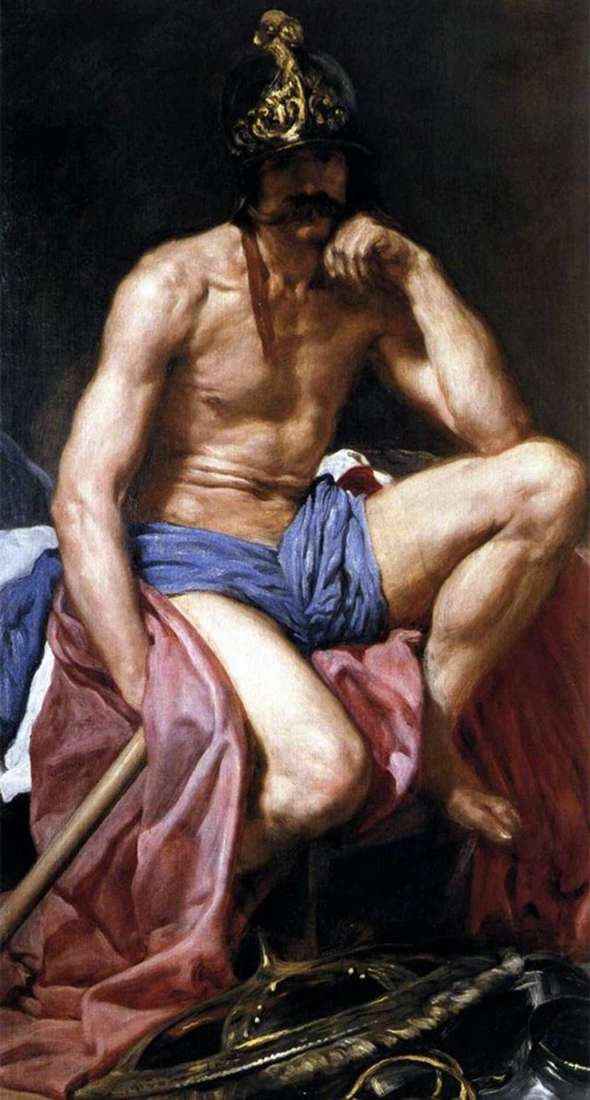 God of War Mars by Diego Velasquez
God of War Mars by Diego Velasquez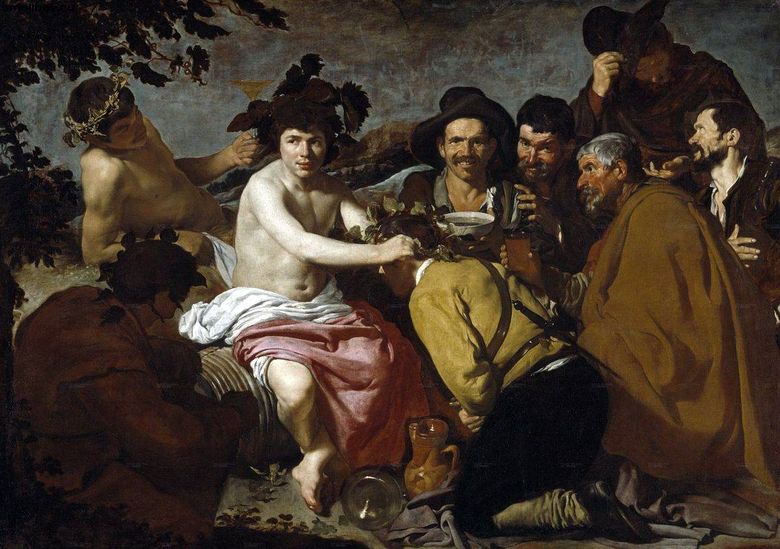 Triomphe de Bacchus – Diego Velazquez
Triomphe de Bacchus – Diego Velazquez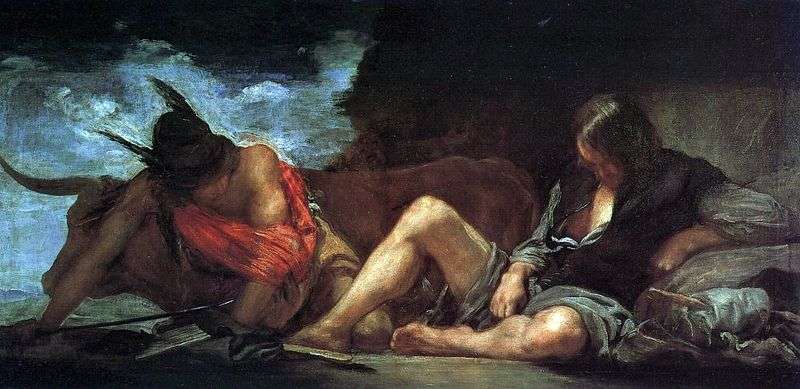 Mercury and Argus by Diego Velasquez
Mercury and Argus by Diego Velasquez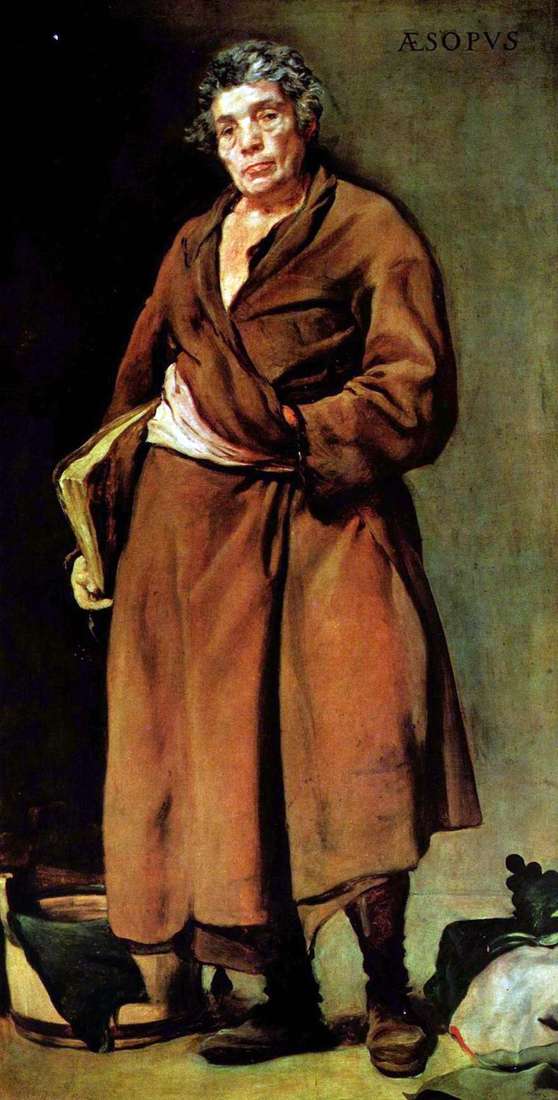 Aesop by Diego Velasquez
Aesop by Diego Velasquez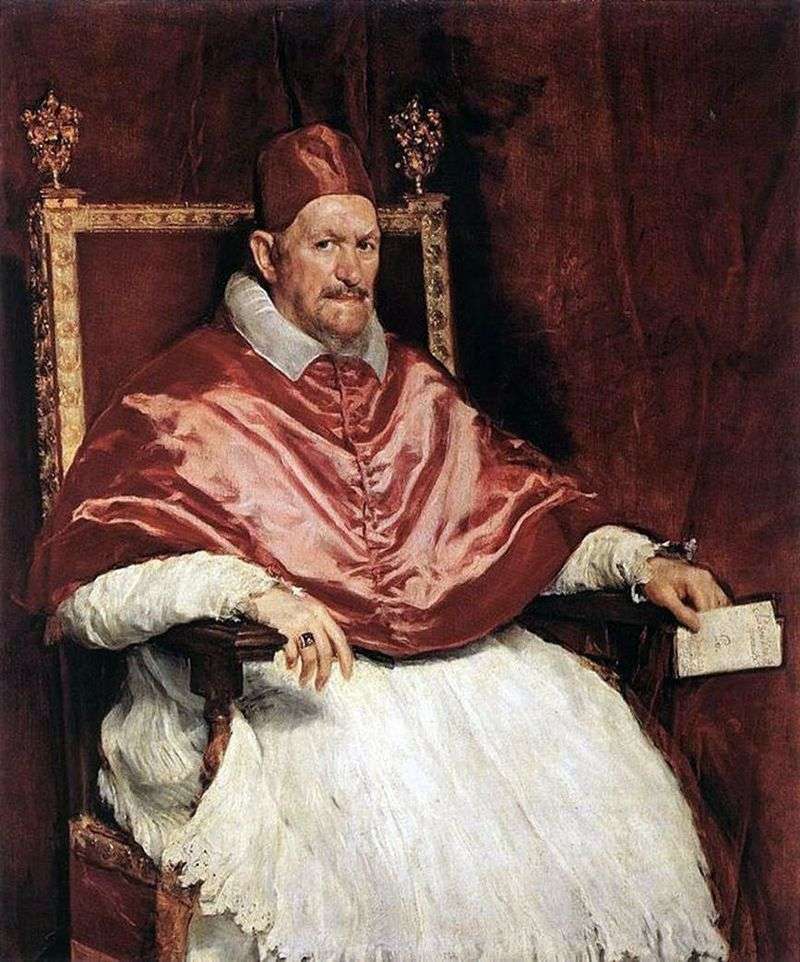 Portrait of the Roman Pope Innocent X. by Diego Velasquez
Portrait of the Roman Pope Innocent X. by Diego Velasquez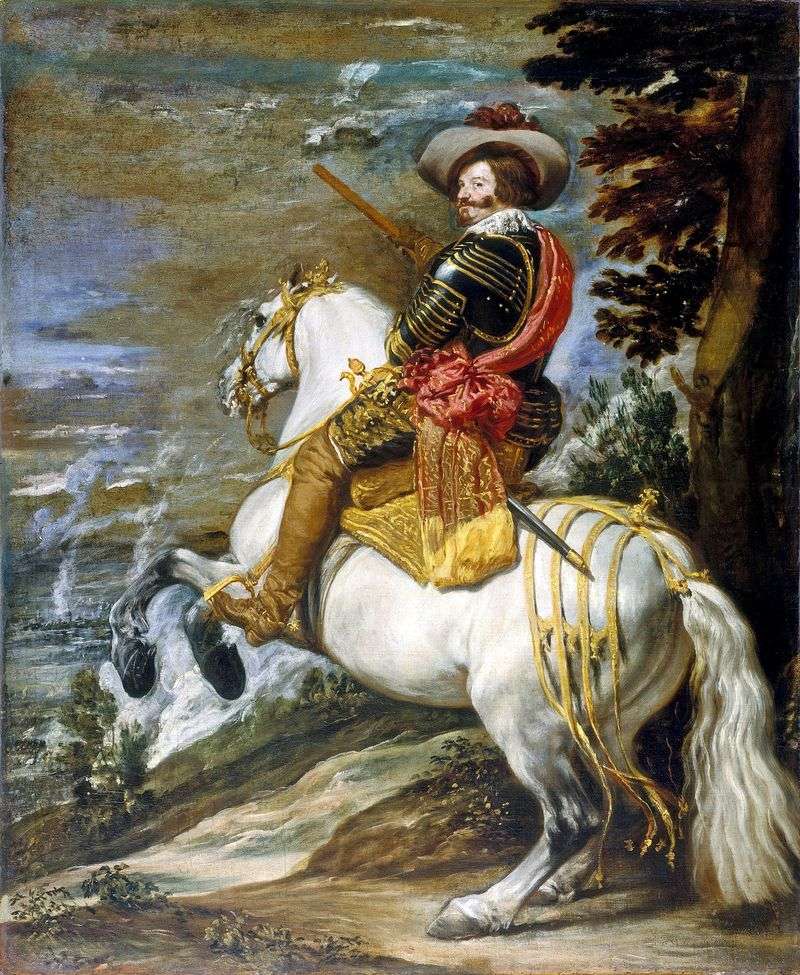 Equestrian portrait of Earl-Duke Olivares by Diego Velasquez
Equestrian portrait of Earl-Duke Olivares by Diego Velasquez